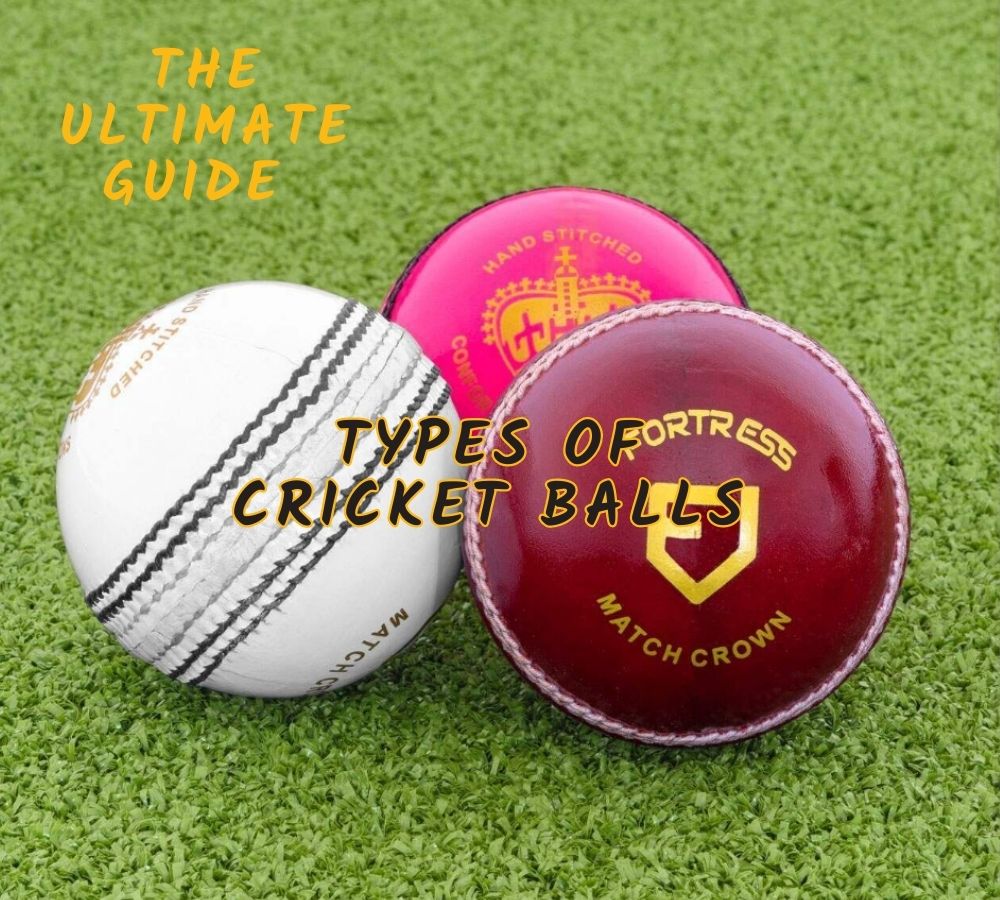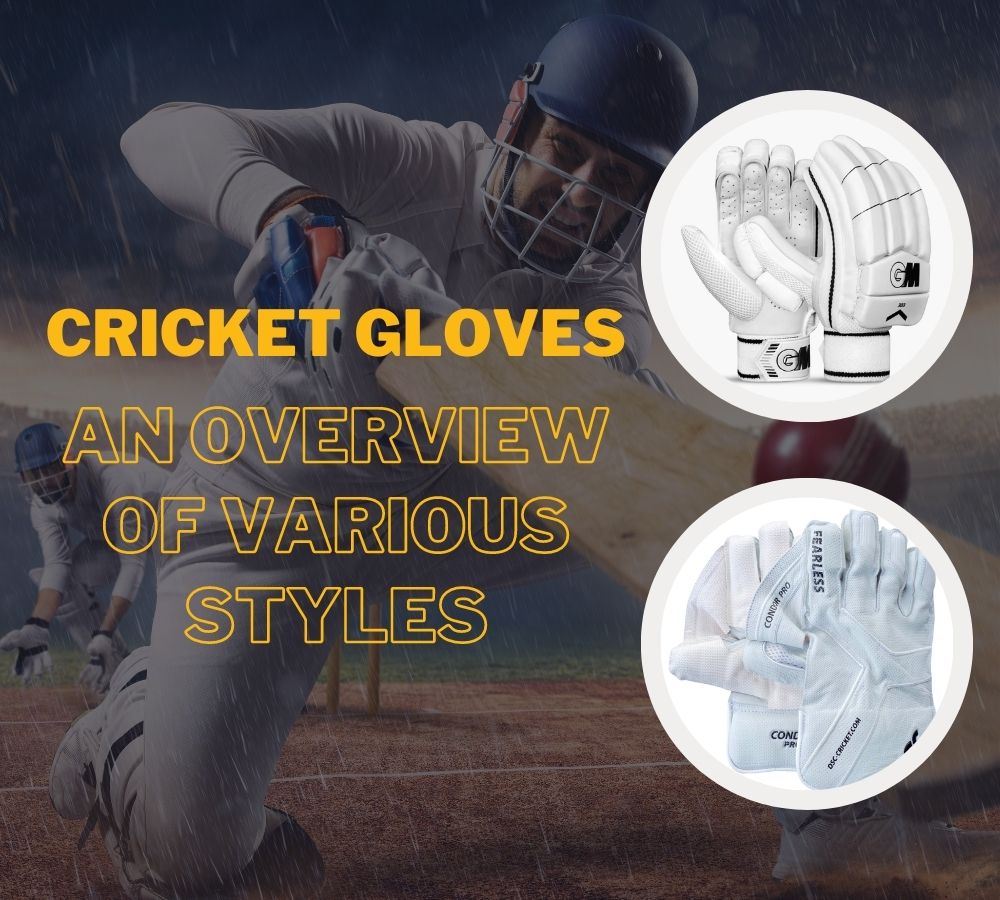The cricket bat holds immense significance, influencing a player’s performance and wielding the power to shape the outcome of a match.
However, finding the right cricket bat size can be daunting, especially for those new to the sport or seeking to upgrade their equipment.
This comprehensive guide delves into the intricacies of cricket bat sizes and provides invaluable insights to help you choose the perfect willow companion.
With our ultimate guide, you will easily navigate the maze of cricket bat sizes, arming yourself with the knowledge necessary to make an informed choice.
Cricket Bat Size Guide
| Bat Size | Approx. Age | Height of Batsman | Bat Length (inches) | Bat width (inches) |
| Size 1 | 4-5 years | Up to 4’3″ | 25-27 | 3.25-3.5 |
| Size 3 | 5-6 years | 4’3″ – 4’6″ | 27-28 | 3.5-3.6 |
| Size 5 | 7-8 years | 4’6″ – 4’9″ | 28-29 | 3.6-3.7 |
| Size 6 | 9-10 years | 4’9″ – 4’11” | 29-30.5 | 3.7-3.75 |
| Harrow | 11-12 years | 4’11” – 5’2″ | 31-32.5 | 3.75-3.9 |
| Short Handle | Teenagers and Adults | 5’2″ – 6’2″ | 32.5-34.5 | 3.9-4.25 |
| Long Handle | Taller Players | 6’2″ and above | 34.5-36.5 | 4.0-4.4 |
Cricket Bat Size Classifications
Cricket bat size classifications categorize bats based on different factors such as age, height, and specific player requirements. Understanding these classifications is essential when choosing the right cricket bat size. Let us explore the different categories in detail:
A. Junior sizes: Age-specific bats for young players
Junior sizes are designed to cater to the varying needs of young cricketers based on their age and physical development.
Common junior size categories include size 1, size 3, size 5, size 6, and Harrow bats.
Size 1 bats are typically suitable for the youngest players (around 4-5 years old), while size six and Harrow bats are meant for older juniors (12-14 years old).
Junior bats have lighter, narrower blades and shorter handles to accommodate young players’ smaller physiques and promote proper technique development.
B. Full-size bats: Standard bats for adult players
Full-size bats are the standard adult cricketers use and are generally suitable for players aged 15 and above.
These bats are available in various weights, blade widths, and handle lengths to accommodate different player preferences and styles.
Full-size bats are typically heavier and have wider blades than junior bats, offering more power and stability for adult players.
C. Specialized variants: Short handle, long handle, Harrow bats
1. Short-handle bats:
Short-handle bats are the most common and widely used variant among adult players.
These bats have standard blade widths and handle lengths, suitable for average height and build players.
Short-handle bats offer a balanced feel and are suitable for most adult cricketers.
2. Long-handle bats:
Long-handle bats are designed for taller players who require extended reach and better control.
These bats have longer handles and slightly modified blade profiles to suit players with longer arms and height.
Long-handle bats enhance maneuverability and help taller players achieve better stroke play.
3. Harrow bats:
Harrow bats serve as a transitional size between junior and full-size bats.
They are ideal for older junior players or those with smaller physiques who may find full-size bats too large or heavy.
Harrow bats offer a bridge for young players to transition to full-size bats, providing better stroke execution and shot selection.
Understanding these cricket bat size classifications enables players to choose a bat that aligns with their age, physical attributes, and playing style.
Selecting the Right Cricket Bat Size
Choosing the right cricket bat size is crucial for optimizing your performance on the field. Here are essential steps to guide you in selecting the perfect bat size:
A. Measuring and fitting the bat
Measure your height: Stand upright with your shoes off and measure your size in feet and inches.
Refer to size charts: Consult size charts provided by bat manufacturers or cricket equipment retailers. These charts correlate player height with the recommended bat size.
Consider the player’s physical development: For junior players, consider their age and physical build when selecting the appropriate junior bat size.
B. Trying out different sizes and weights
Visit a cricket equipment store: Go to a store that offers a wide range of cricket bats and try out different sizes and weights.
Grip the bat properly: Hold the bat with your batting gloves and assume your batting stance to get a feel for the balance and weight distribution.
Practice a few shots: Swing the bat a few times, imagining hitting different types of images to assess comfort, manoeuvrability, and control.
C. Seeking professional advice and guidance
Consult coaches or experienced players: Seek advice from cricket coaches, trainers, or professional players who can provide valuable insights based on their expertise.
Participate in net sessions: Attend net sessions or practice matches where you can try out different bats and receive feedback from experienced players or coaches on bat selection.
D. Considering personal preferences and comfort
Evaluate your batting style: Consider your preferred shots, playing style, and strengths when choosing a bat size. For example, power hitters may prefer slightly heavier bats for more momentum and impact.
Handle and grip preferences: Attention to the handle type, thickness, and grip quality. Ensure that the handle feels comfortable and allows for a secure grip.
Personal comfort: Ultimately, choose a bat that feels comfortable and natural in your hands. Your comfort and confidence while batting plays a significant role in your performance.
By following these steps and considering factors such as measurement, personal preferences, and expert advice, you can make an informed decision when selecting the right cricket bat size. Remember that the perfect bat size enhances your batting technique, allows for optimal shot execution, and feels like a natural extension of your skills on the cricket field.
Conclusion
In the diverse world of cricket, selecting the proper bat size isn’t just a matter of preference; it’s crucial for optimizing performance on the pitch.
As we’ve explored, the perfect bat size can vary based on a player’s height, playing style, and individual comfort. As the game requires strategy and finesse, choosing your bat is an exercise in understanding your needs as a player.
Whether you’re a budding cricketer or a seasoned pro, always prioritize comfort and balance over popular trends. Ultimately, the right-sized bat won’t just complement your stance and shots but amplify your love for the game.



